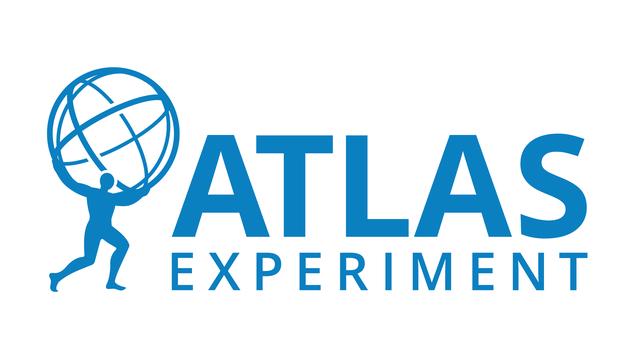New Paper
New ATLAS group paper
December 9, 2021
Collider Physics Group“Measurement of the tttt production cross section in pp collisions at sqrt(s)=13 TeV with the ATLAS detector " has been published in JHEP 11 (2021) 118.
This paper presents a measurement of the four-top-quark production cross section in final states with a single lepton or an opposite-sign lepton pair in association with multiple jets using the full Run 2 dataset collected with the ATLAS detector. With four top quarks produced per event, this is a very rare Standard Model process with a predicted cross section of only 12 fb, and thus is very sensitive to beyond-the-SM contributions.
A sophisticated event categorization and multivariate technique is used to discriminate signal from background events. The result of this analysis is combined with a previous measurement in multilepton final states. The combined cross section is measured to be a factor of two higher than the SM prediction, although compatible with it within 2.0 standard deviations. The corresponding observed (expected) signal significance is 4.7 (2.6) standard deviations over the background-only prediction.
Members of the IFAE-ATLAS team (Aurelio Juste, Nicola Orlando, and Anil Sonay) have played a leading role in this publication, from designing the analysis strategy to the final multivariate technique and statistical analysis employed.

